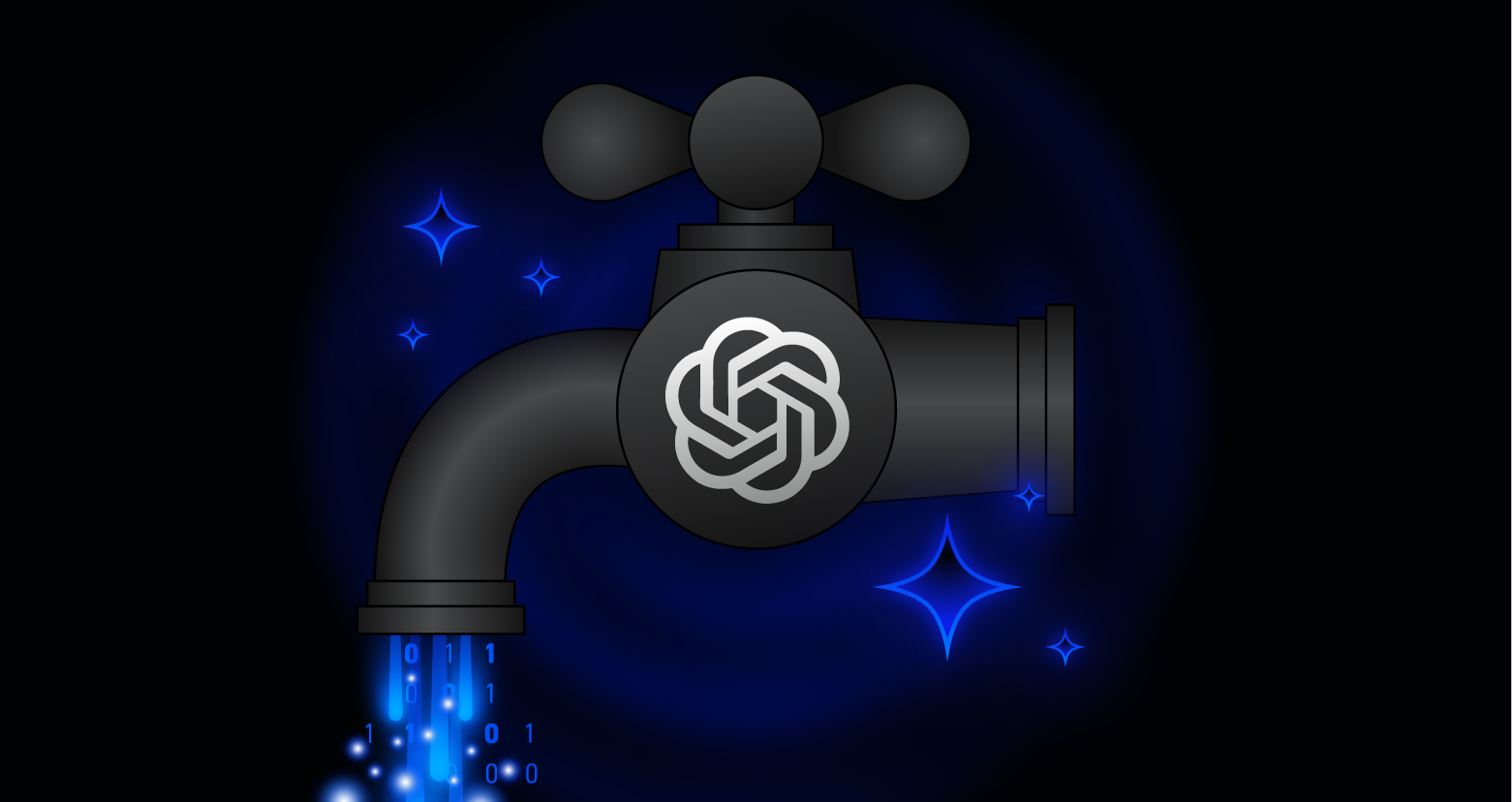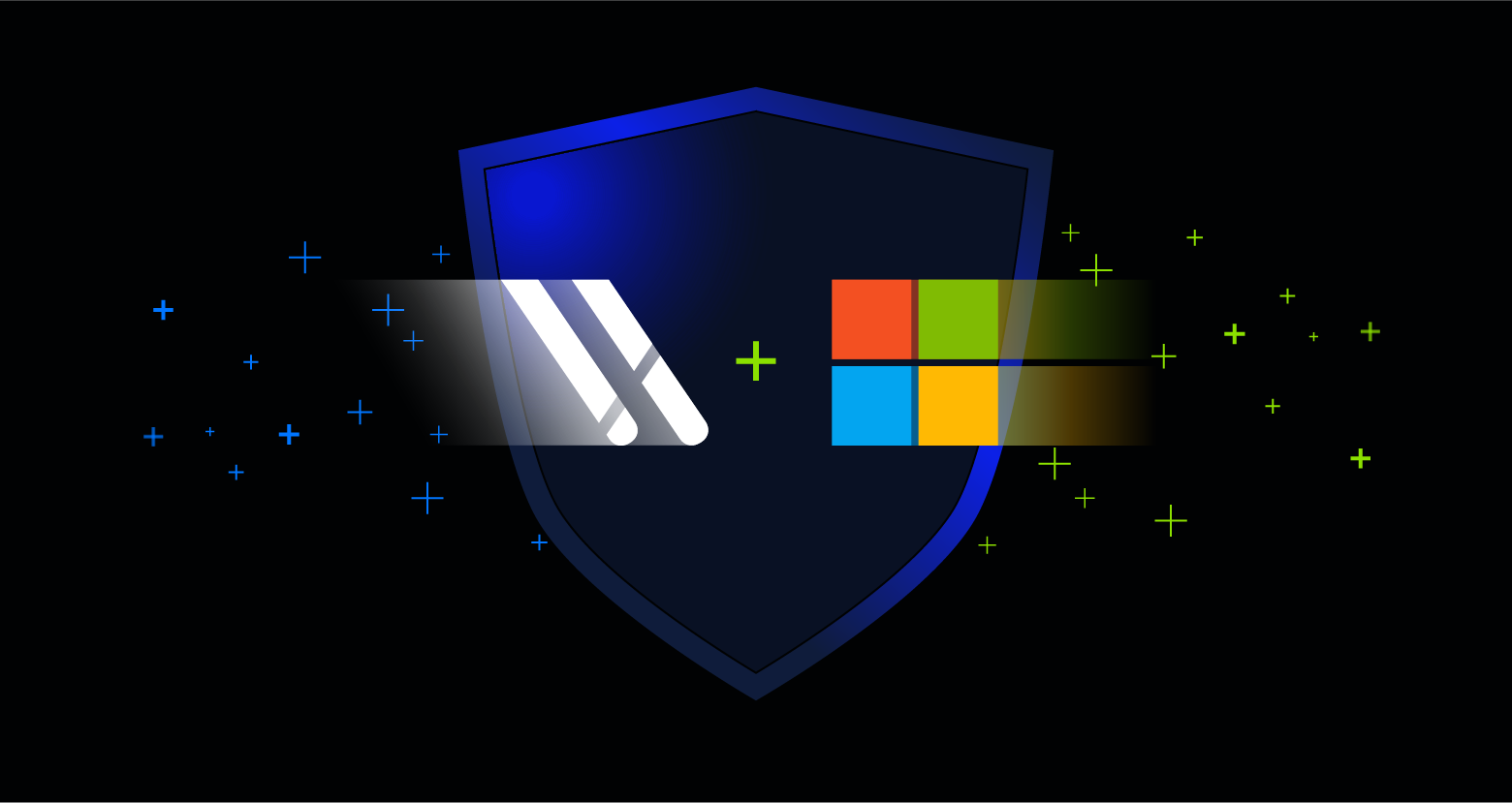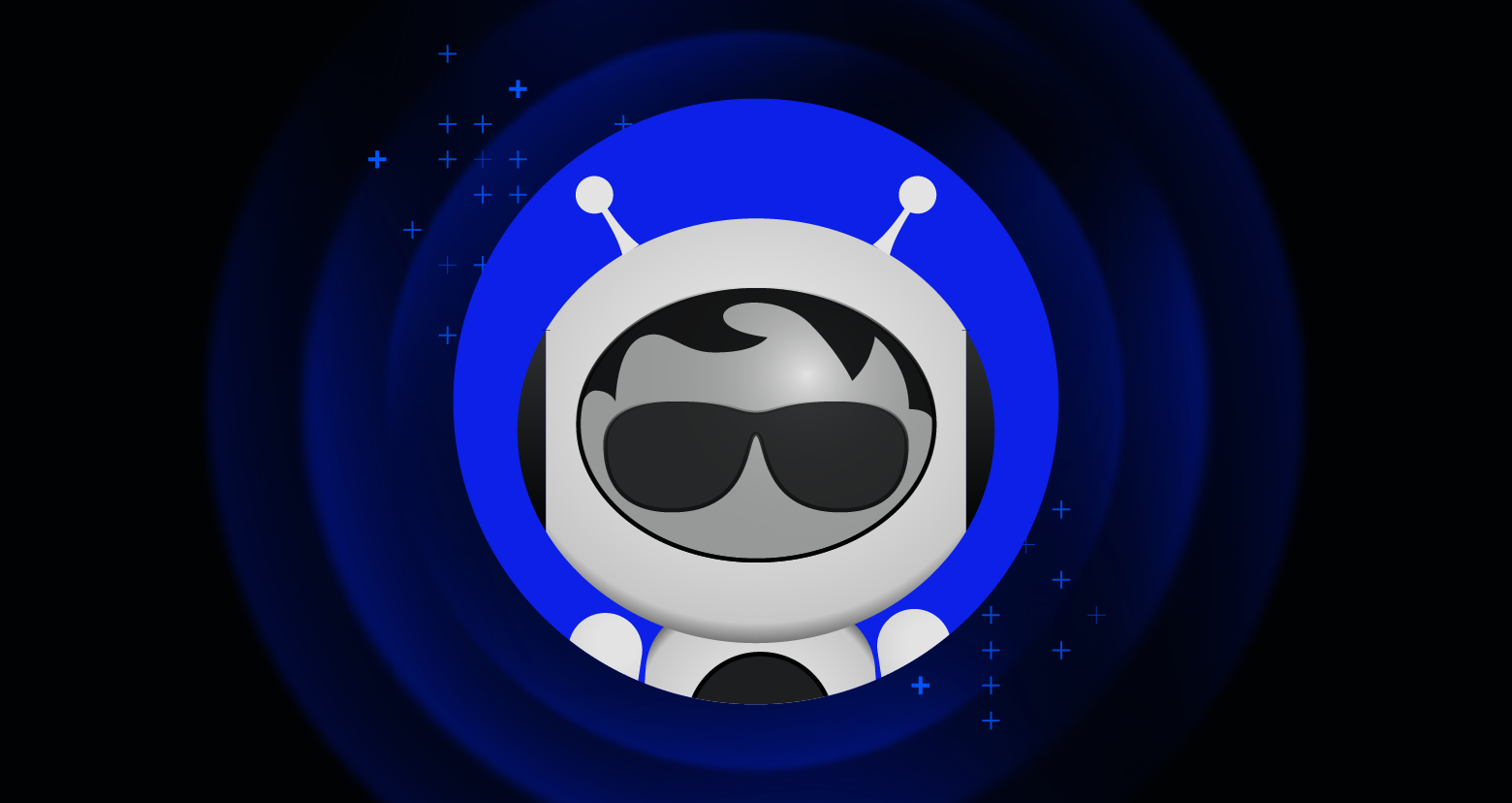From brainstorming product copy to drafting email copy, ChatGPT and other generative AI tools have rapidly become embedded in the day-to-day workflows of enterprise teams. This new productivity, however, comes with a new category of risk: the unintentional exposure of sensitive data.
Unlike traditional software, large language models (LLMs) operate in a gray area where human input and AI output are difficult to govern. Employees might paste proprietary code, confidential contracts or customer data into a chatbot without realizing the potential consequences.
In regulated industries, the stakes are even higher.
With that, a new kind of data loss prevention (DLP) strategy comes in: one tailored to the realities of AI. In this article, we’ll break down how ChatGPT changes the data security equation and show you how to build a DLP program that protects your information without stifling innovation.
Understanding the ChatGPT data security challenge
ChatGPT and other LLMs present unique data security challenges for enterprises. Unlike traditional applications, these AI tools are designed to learn from and generate human-like text based on the data they receive. Though the constant learning creates a hyper-personalized and refined experience, this functionality creates its own set of risks.
Data leakage
Employees using ChatGPT may inadvertently share sensitive information like intellectual property or customer data when interacting with the tool.
Suppose a product manager pastes specifications for an unreleased product into ChatGPT to assist in creating marketing content. Although ChatGPT only retains this data in the user’s account, if the account is compromised, confidential information could unintentionally be exposed.
Persistence of information
While ChatGPT Enterprise handles memory differently, data sent to the personal version of ChatGPT may be stored and potentially used for model training, creating long-term data exposure concerns.
ChatGPT Enterprise, however, gives teams more flexibility in the way they want their sensitive data handled; ChatGPT will not train on content from ChatGPT Enterprise, admins can enable/disable memory across their organization (individuals can still control the memories in their personal sessions) and memory is organized as a workspace-separated system, so each individual maintains their own memories without sharing with teammates.
Shadow AI adoption
Much like shadow IT, where employees use unauthorized software or hardware, shadow AI revolves around unauthorized use of AI models, machine learning tools or other AI systems.
Staff may end up using generative AI tools without IT approval, bypassing established security protocols and risk compromising sensitive enterprise data.
Compliance complications
Organizations using AI tools in regulated industries like finance or healthcare face additional challenges in ensuring AI interactions comply with requirements like HIPAA, GDPR, PCI DSS, and other regulations.
The evolving role of DLP in an AI-driven world
Traditional DLP solutions were primarily designed to monitor and control data moving through email, file transfers and endpoint activities. However, the rise of AI tools like ChatGPT demands a more sophisticated approach.
Modern DLP strategies for AI environments should:
- Monitor and analyze text inputs to AI platforms
- Identify sensitive content before it’s shared with external AI systems
- Provide real-time alerts and interventions when risky behaviors are detected
- Create comprehensive audit trails of AI interactions for compliance purposes
- Educate users or safe AI engagement practices
Consider a scenario where an employee is about to paste a client contract into ChatGPT. An effective AI DLP solution would detect the sensitive content in real-time, block the submission and provide immediate guidance on safer alternatives.
Real-world impact of ChatGPT DLP
Organizations implementing comprehensive ChatGPT DLP strategies see tangible benefits like:
- A reduction in accidental data exposures through AI platforms
- Improved compliance with regulatory requirements
- Enhanced visibility into how AI tools are being used across the enterprise
- Greater employee confidence in safely leveraging AI capabilities
- Protection of intellectual property
Key components of a ChatGPT DLP strategy
Risk assessment and data classification
Consider a healthcare organization; they might classify patient records as highly restricted, financial data as confidential, and publicly available research as unrestricted, with corresponding AI access policies for each category.
Before implementing technical controls, organizations can understand their data landscape by:
- Identifying which types of data are most vulnerable to AI exposure
- Classifying data according to sensitivity and regulatory requirements
- Mapping data flows to understand how information might reach AI tools
- Assessing which teams and roles have legitimate business needs for AI tools
Policy development and governance
Financial services firms could create an AI use policy prohibiting sharing sensitive data with unapproved tools (such as pasting client account data, financial projections or internal strategy documents into any generative AI tool), outlines approved use cases, sets a request process for new tools and includes an incident response plan.
Organizations can implement these policies to establish clear boundaries for AI tool usage:
- Acceptable user policies specifically addressing AI interactions
- Data handling guidelines for different types of information
- Approval processes for AI tool adoption
- Incident response procedures for potential data exposures
- Regular policy reviews to adapt to evolving AI capabilities
Employee training and awareness
If a manufacturing company wants to safely adopt AI into its employees’ workflows, employees could learn from training modules designed to show them how to interact with ChatGPT without revealing proprietary design specifications or production processes.
Organizations can create human awareness on AI security with:
- Education on the risks of sharing sensitive data with AI tools
- Training on recognizing what types of information should never be shared
- Clear guidelines on approved AI platforms and use cases
- Regular reminders and updates as AI capabilities evolve
- Creating a culture of responsible AI usage.

Implementation challenges and solutions
While integrating ChatGPT into enterprise environments offers huge upside potential, it isn’t without its own challenges. From balancing security, keeping pace with technological evolution and privacy concerns, organizations must adopt thoughtful strategies to ensure responsible and effective deployment.
Challenge: Balancing security with productivity
Many employees have found significant productivity gains through AI tools, and overly restrictive policies may drive shadow IT usage.
The solution? Create tiered access models where certain teams have broader AI access with appropriate safeguards, while maintaining stricter controls for high-risk departments.
Challenge: Keeping pace with rapid AI evolution
As with any revolutionary tech, AI’s capabilities are constantly evolving, potentially creating new security gaps.
Organizations can solve this problem by establishing a dedicated AI governance team responsible for tracking developments and updating DLP strategies accordingly.
Challenge: Monitoring without privacy invasion
While it’s important to monitor AI usage for misuse, excessive monitoring of AI interactions may raise employee privacy concerns.
This challenge can be avoided by focusing DLP efforts on the data itself rather than user behavior, and ensuring transparency about what is being monitored and why.
The future of AI and DLP integration
As generative AI tools become increasingly embedded in enterprise workflows, DLP strategies will continue to evolve.
Forward-thinking organizations are already exploring:
- AI powered DLP tools that can better understand context and nuance in potential data leaks
- Integration of DLP directly within enterprise-approved AI platforms
- Zero-trust architectures that continuously verify the appropriateness of AI interactions
- Advanced analytics to identify unusual patterns in AI usage that might indicate data exfiltration attempts
Getting started with ChatGPT DLP
Despite the risks, organizations should not be dissuaded from adopting AI into their tech stack. For enterprises beginning their ChatGPT DLP journey, consider these initial steps:
- Conduct an AI usage audit: Use a simple survey to determine which teams are already using generative AI tools and for what purpose
- Develop an interim policy: While developing comprehensive strategies, establish basic guidelines for appropriate AI use
- Engage stakeholders: Include legal, compliance, IT security, and business units in DLP planning
- Prioritize high-risk areas: Focus initial DLP efforts on departments handling the most sensitive information
- Deploy monitoring solutions: Implement basic monitoring to detect and prevent the most obvious data leakage scenarios
Secure AI adoption with Varonis
As AI tools like ChatGPT reshape how work gets done, enterprises face a critical challenge: How can AI be embraced without putting sensitive data at risk? With that, a strong ChatGPT DLP strategy becomes a necessity.
By combining technical safeguards, clear policies, employee education and continuous monitoring, organizations can unlock the full potential of generative AI while keeping their data secure and compliant.
Varonis offers cutting-edge DLP capabilities that ensure organizations can deploy AI safely. With deep visibility into where sensitive data lives, who can access it and how it’s being used across cloud and on-prem environments, Varonis empowers security teams to detect AI-related risks, eliminate shadow data and enforce least-privilege access at scale.
Using Varonis to assist in AI deployment, your organization can:
- Discover and classify sensitive data across your environment
- Prevent data from leaking into unmanaged AI tools
- Monitor usage, flag risky behavior and simplify compliance
Want to learn more? Take our free Data Risk Assessment to discover how Varonis can help your organization adopt AI.
ChatGPT DLP FAQs
What is ChatGPT DLP?
ChatGPT DLP refers to a data loss prevention strategy designed to protect sensitive information from being unintentionally shared with large language models like ChatGPT. It includes technical controls, user training and policies that prevent data leakage through AI interactions.
Why is ChatGPT a security risk for enterprises?
ChatGPT can pose a risk if employees input confidential data, such as source code, financials or customer records, into the tool. That data may be stored, used for training or exposed, creating regulatory and compliance concerns.
Can ChatGPT store or remember the data you share?
OpenAI states that data from ChatGPT interactions may be retained for model improvement unless users opt out or use enterprise-grade versions. This means sensitive inputs may be stored unless properly managed.
How can organizations prevent data leaks through ChatGPT?
Organizations can prevent leaks by implementing AI-specific DLP controls such as input filtering, real-time monitoring, access restrictions and user education. Governance policies and AI-approved tools are also critical.
What types of data are most at risk with ChatGPT?
The most vulnerable data includes:
- Intellectual property
- Customer or patient records (PII/PHI)
- Financial or legal documents
- Credentials or internal system details
What’s the difference between traditional DLP and ChatGPT DLP?
Traditional DLP focuses on email, file transfers, and endpoints. ChatGPT DLP extends protection to generative AI tools, ensuring sensitive data isn’t exposed during prompt submissions or AI-driven workflows.
Can DLP tools block data from being submitted to ChatGPT?
Yes. Advanced DLP solutions can scan and intercept sensitive content before it’s submitted to AI tools, warn the user, block the action or automatically redact confidential information.
What policies should companies put in place for ChatGPT use?
Policies should include:
- Approved AI tools and platforms
- Data classification and handling rules
- Role-based access to generative AI
- Incident response procedures for AI-related exposures
What industries are most affected by ChatGPT data risks?
Industries with strict regulatory requirements, such as healthcare, finance, legal and government, are especially vulnerable due to the sensitivity and volume of regulated data they handle.
How can Varonis help with ChatGPT DLP?
Varonis provides deep visibility into data usage and access patterns, detects risky behavior and enforces least-privilege access controls. It helps organizations monitor AI interactions, protect sensitive data and comply with regulations like GDPR, HIPAA, and CCPA.
How can ChatGPT be exploited in a data exfiltration attack?
Attackers or malicious insiders could use ChatGPT as an exfiltration vector by submitting confidential data and retrieving insights outside company boundaries. Since AI platforms may not log or restrict outbound content visibility, this creates a blind spot for traditional security tools.
Does ChatGPT meet enterprise-grade security and compliance standards?
Only the ChatGPT Enterprise and API offerings provide configurable data retention, SSO, SOC 2 compliance and encryption at rest and in transit. The free and Plus versions do not guarantee enterprise-grade controls, making them unsuitable for sensitive data use.
Can ChatGPT be configured for secure internal use only?
Yes, but it requires routing access through approved APIs or embedding within secure environments. This includes identity and access management (IAM), proxy-based controls and in some cases, private LLM hosting or edge deployment.
Can security teams monitor what employees input into ChatGPT?
Yes, with tools like session recording, proxy monitoring and input sanitization filters, security teams can log and audit AI interactions. However, privacy concerns must be balanced with monitoring through transparent policies.
How do regulations like GDPR and HIPAA apply to ChatGPT usage?
These regulations mandate control over personal and sensitive data. If ChatGPT stores or processes regulated data, the enterprise could be liable for violations. Data processors (like OpenAI) must comply with data residency, deletion rights and breach notification requirements.
What should I do now?
Below are three ways you can continue your journey to reduce data risk at your company:
Schedule a demo with us to see Varonis in action. We'll personalize the session to your org's data security needs and answer any questions.
See a sample of our Data Risk Assessment and learn the risks that could be lingering in your environment. Varonis' DRA is completely free and offers a clear path to automated remediation.
Follow us on LinkedIn, YouTube, and X (Twitter) for bite-sized insights on all things data security, including DSPM, threat detection, AI security, and more.





-1.png)


